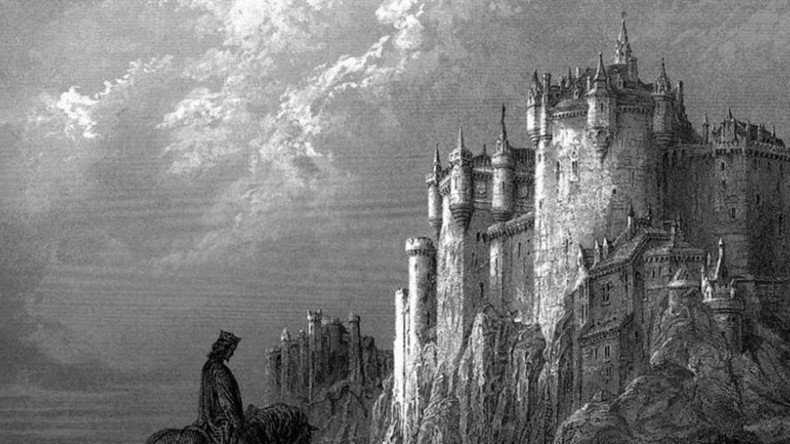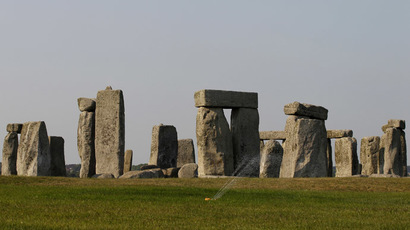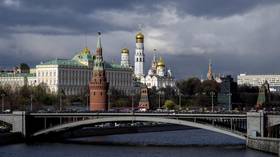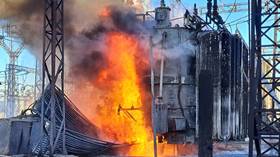Has King Arthur’s legendary castle been discovered ... near Huddersfield?!

The site of King Arthur’s mythical castle of Camelot is close to the Yorkshire town of Huddersfield, according to an expert on the period.
Professor Peter Field, a retired scholar of ancient literature, insists that the original location of the ancient fortress capital is actually a Roman fort at Slack, in Yorkshire.
“It was quite by chance. I was looking at some maps, and suddenly all the ducks lined up,” he told the Independent.
“I believe I may have solved a 1,400-year-old mystery.”
Field says that the Romans once called the Slack fort ‘Camulodunum’, meaning ‘the fort of the god Camul’, and that that is where the name Camelot comes from.
He said the location would have been ideal for Celtic Britons to fight invading Anglo-Saxons encroaching from the north and west.
The fort’s key location between the Saxon strongholds at York and Chester would have made it ideal.
While the king’s very existence is sometimes said to be a myth, Field argued that “if there was a real King Arthur, he will have lived around AD500, although the first mention of him in Camelot is in a French poem from the Champagne region of France from 1180.
“There is no mention of Camelot in the period between those dates, known as the Dark Ages, when the country was at war, and very little was recorded.
“In this gap, people passed on information, much got lost in transmission, and people may have made up facts or just messed up known information,” the former Bangor University lecturer said.
Like the king’s life, the location of his castle is contested with many other experts pointing to a fortification from the period found at Tintagel in Cornwall.
Arthur himself may also be a combination of various real historical leaders and kings amalgamated into one mythical figure.













